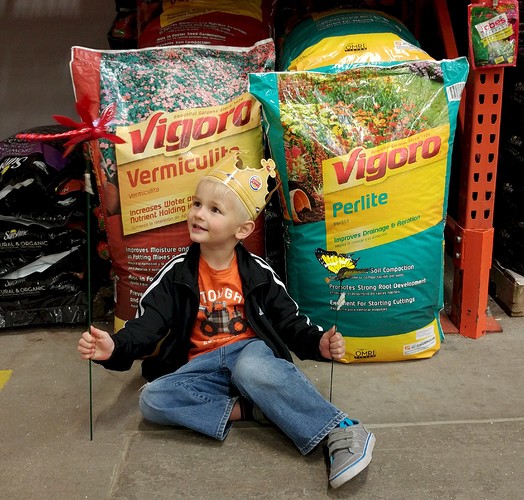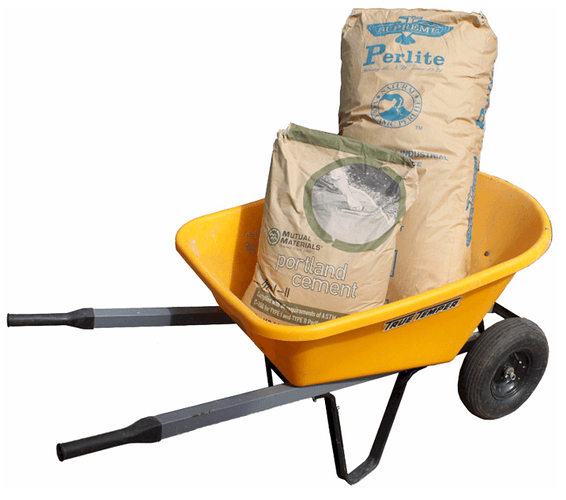Insulation is crucial in the walls of your home. It keeps your home warm in the cold winter months and cool in the hot summer months. It is equally crucial in your BrickWood Box. When you are baking in the LOWER OVEN, the insulation that is in the cinderblock helps retain the heat that was created when you fired the oven.
The insulation mix that is in the HEARTH SLAB (under the hearth slab firebricks) keeps the heat in the hearth firebrick. If you didn’t have the insulation mix in the hearth slab, the slab would absorb the heat from the hearth firebrick like a sponge absorbs water. This heat absorption would prevent the hearth firebrick from reaching their maximum heat retaining potential. And super-hot hearth firebrick not only radiate intense heat for hours (which is really helpful when BBQ’ing), but you will actually use less firewood compared to metal lined wood-fired BBQ’s.
The insulation mix in the UPPER OVEN (between the 2 rows of firebrick and the concrete panels) help retain the intense heat that is made during the pig roasting process – and retains the heat that is created during the smoking process (when the fire is made in the lower oven). As the smoke rises out of the smoker opening (which is the 13½” x 2½” hole in your hearth slab), the heat from the fire and smoke is retained in the upper oven firebrick which aids in the smoking / cooking process. If you didn’t have insulation between the 2 rows of firebrick and the concrete panels, the outside temperatures would cool the firebrick and your oven would be much less efficient.

So where do you find Vermiculite or Perlite in your area? If your local MASONRY and LANDSCAPE SUPPLY doesn’t carry 2cf or 4cf bags of Vermiculite or Perlite, you can also try your local PLANT NURSERY as both minerals are used in potting soil to help retain moisture (it’s those little white balls in the potting soil). If that’s a no-go, simply jump over to the Uline.com website (ULINE - Shipping Boxes, Shipping Supplies, Packaging Materials, Packing Supplies) and purchase (2) of the 4cf bags of GRADE 2 or GRADE 3 Vermiculite. They will ship the Vermiculite to your home or jobsite. Their Vermiculite is always in stock and their prices are decent.
DO NOT go to your local Big Box hardware store or Plant Nursery and buy bag after bag of the small 8qt or 10 Liter bags of Vermiculite or Perlite. You would need over 200 of the 8qt bags to equal the 8cf bags of Vermiculite / Perlite that is needed for the construction of your BrickWood Box. If you see the words “Quart” or “Liter” on the bag – put it back on the shelf and look for 2 cubic foot or 4 cubic bags (like shown below).
How to Mix the Vermiculite / Perlite and Portland Cement Insulation Blend -
VERMICULITE or PERLITE and PORTLAND CEMENT – Dry Mix 5 parts Vermiculite or Perlite - to - 1 part Portland Cement in a Mixing Tub or Wheelbarrow - (5 Gallons / Shovel - to - 1 Gallon / Shovel). Add just enough water to get the entire blend wet as you mix with a shovel or hoe (hoes are good for this process). DO NOT OVER WATER! There should be ZERO water puddling! Average drying time is about 5 - 6 days.

